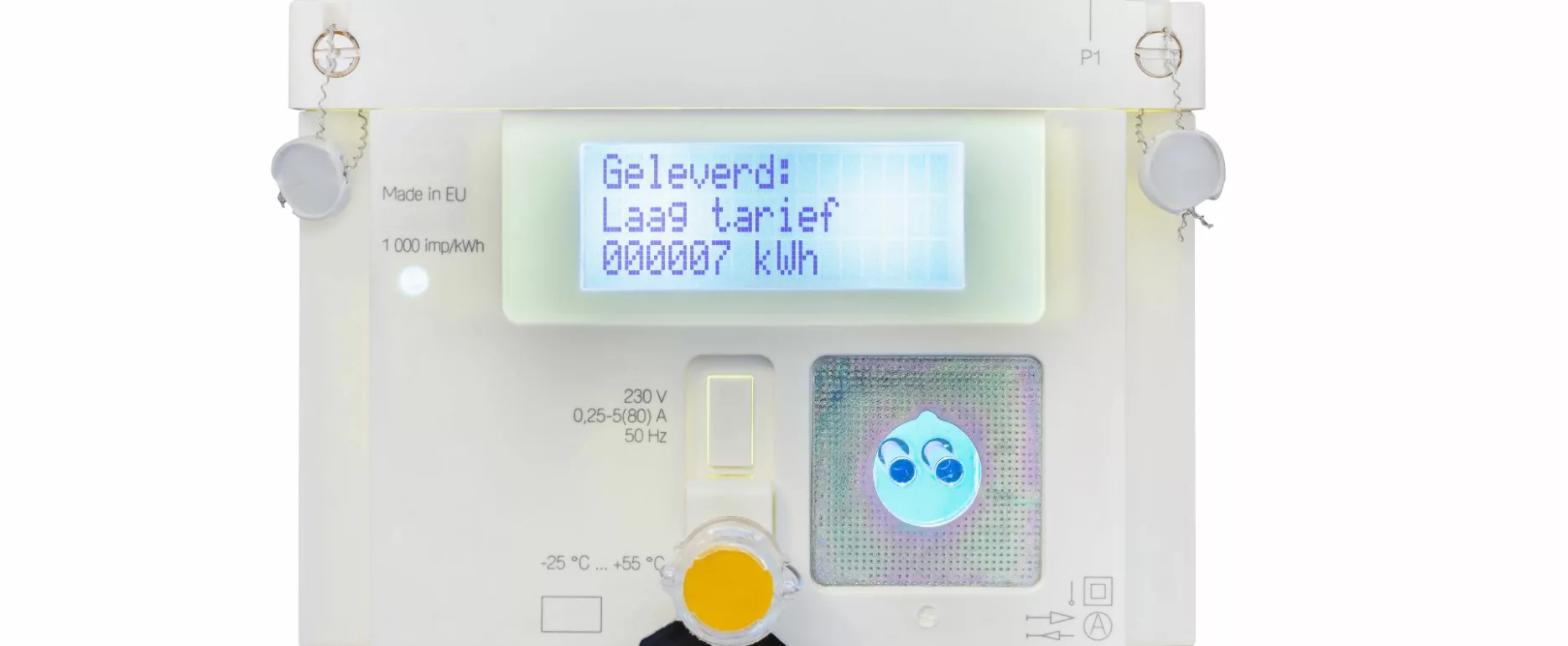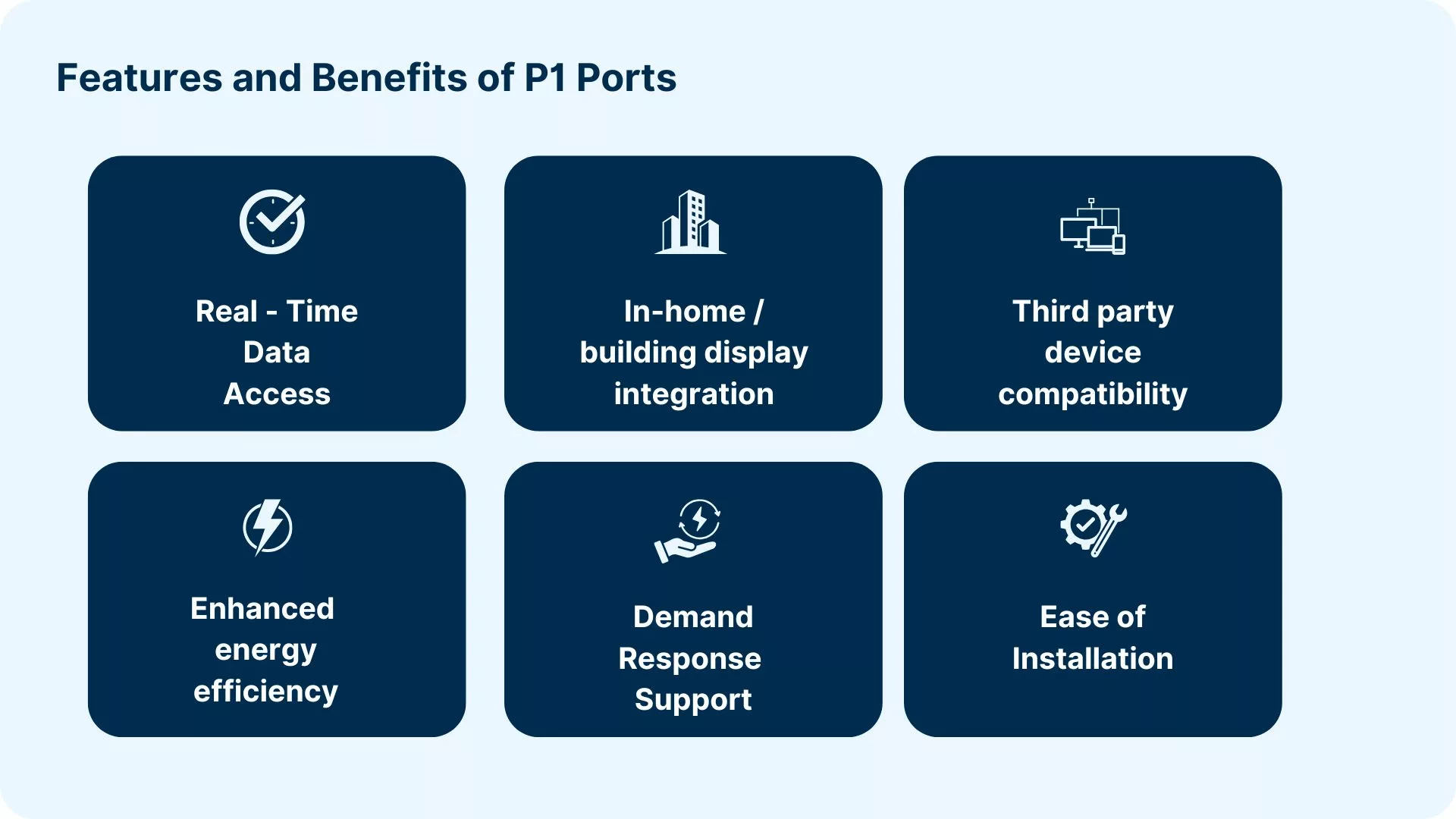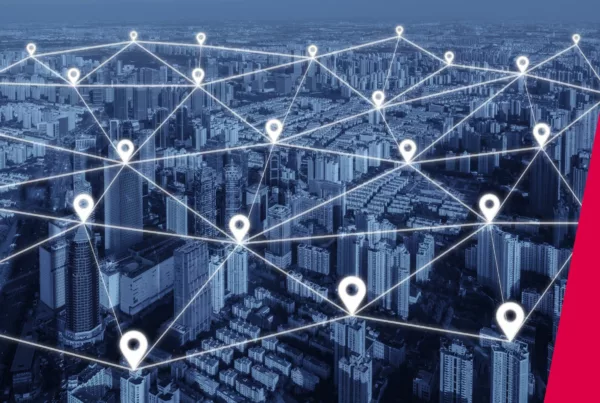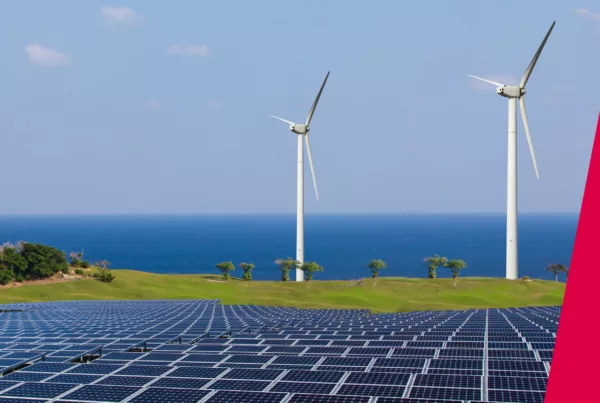Exploring P1 Ports: The Gateway to Smart Meter Data
The P1 port is a powerful device found on many smart meters, particularly in the Netherlands and other parts of Europe. This short article explores how P1 ports work, their adoption across Europe, and how EpiSensor products can enhance energy monitoring through this smart meter interface.
Firstly, what is a P1 port?
A P1 port is a device found on many smart electricity meters and it allows consumers and authorised third parties to access real-time energy consumption data directly from the meter. P1 ports are a critical component in the smart grid ecosystem, enabling enhanced energy monitoring and management capabilities.
What are P1 ports used for?
The P1 port, also known as the customer interface, is typically an RJ12 connector located on the front or side of a smart meter. It provides a data stream that includes information such as:
- Electricity consumption,
- Cumulative energy usage,
- Gas meter readings (if connected),
- Tariff information,
- Power quality.
This data is transmitted using the DSMR (Dutch Smart Meter Requirements) protocol, which defines the format and structure of the information.
Adoption of P1 ports in Europe

While the P1 port standard originated in the Netherlands, it has been adopted or considered in several other European countries, such as:
- Belgium: Some regions have implemented P1 ports on their smart meters.
- Luxembourg: Luxembourg has dopted the Dutch DSMR standard, including P1 ports.
- Spain: Some Spanish smart meters feature a similar HAN (Home Area Network) port.
- Ireland: Smart meters deployed by ESB Networks include a physical P1 port. However, as of 2024, access to this port is not yet enabled in the meter’s software. The Irish regulator is considering future activation of this functionality.
It is worth noting that while the physical port may be present on meters in some countries, the regulatory framework and software implementation for accessing the data may vary.
Features and Benefits of P1 Ports
- Real-time data access: The P1 port provides near-instantaneous energy consumption data, allowing for more accurate monitoring and analysis.
- In-home display integration: Users can connect in-home displays or energy monitors directly to the P1 port, providing an easy-to-read analysis of energy usage.
- Third-party device compatibility: The standardised interface allows various IoT devices and energy management systems to integrate with the smart meter. Industry stakeholders welcome the introduction of standardisation in an otherwise fragmented market.
- Enhanced energy efficiency: By providing detailed consumption data, the P1 port enables users to identify energy-saving opportunities and implement more effective efficiency measures.
- Demand response support: The real-time nature of P1 data facilitates participation in demand response programmes, contributing to grid stability and sustainability. According to Business Research Insights, the demand response market is growing at CAGR rate of 6.17%, thus any infrastructure that supports this growth will be valuable for energy providers and consumers alike.
- Ease of installation: Connecting devices to the P1 port typically does not require an electrician, making it accessible for consumers. However, local electrical regulations must still be followed.

Power Specifications
The P1 port provides power to connected devices, eliminating the need for separate power supplies in many cases. According to the DSMR standard:
- Voltage: 5V DC (±5%)
- Maximum current: 250 mA
- Maximum power: 1.25W
These specifications allow for the operation of various low-power devices and displays directly from the P1 port.
Purchasing Energy Monitoring Equipment and Unsure of What You Need?
Lean on our expertise to make the right decision for your specific project.
The Role of P1 Ports in the Energy Transition
P1 ports play a significant role in the ongoing energy transition by:
- Facilitating the integration of renewable energy sources into the grid
- Supporting the development of smart grid technologies
- Enabling more granular energy data for improved grid management
- Encouraging consumer engagement in energy conservation efforts
As the energy landscape continues to evolve, the data provided by P1 ports will become increasingly valuable for both consumers and utilities in managing the complexities of a more distributed and sustainable energy system.
Using EpiSensor Products with P1 Ports
EpiSensor offers several products that can be used in conjunction with P1 ports to enhance energy monitoring and management capabilities:
- EpiSensor Gateway: This device can be configured to read data from the P1 port using third-party ZigBee sensors. The Gateway can then process and transmit this data, enabling integration with broader energy management systems.
- Energy Monitoring Software: EpiSensor’s software runs directly on the Gateway, processing and analysing data collected from P1 ports. This edge computing approach provides insights and analysis to help optimise energy consumption without relying on cloud infrastructure.
- Data Collection and Integration Services: EpiSensor’s expertise in data collection and integration can help organisations effectively utilise P1 port data within their existing energy management infrastructure.
Combining EpiSensor IoT Infrastructure with P1 Ports – What can you Expect
- Direct access to meter data: Simplify the process of collecting and visualising energy consumption data using EpiSensor’s powerful API-enabled gateway.
- Support for energy efficiency and demand response initiatives: By leveraging real-time data from P1 ports, EpiSensor products help organisations optimise energy use, track consumption patterns, and participate in demand response programmes.
- Empowers consumers with real-time energy information: Instantly accessing data via the P1 port and EpiSensor Gateway empowers consumers and energy managers to make informed decisions about energy use, identify inefficiencies, and adjust behaviour accordingly.
- Simple installation without requiring an electrician: The EpiSensor Gateway typically connects to the P1 port without needing complex wiring or specialised expertise. This ease of installation makes it accessible to a broader range of users.
Potential Challenges when connecting to P1 Ports
- Limited to one-way communication (meter to device): P1 ports are designed to transmit data from the meter to the connected device but do not support two-way communication. This means that while EpiSensor products can read data, they cannot send commands or adjustments back to the meter, limiting control options for users.
- Requires physical access to the meter: To connect to the P1 port, physical access to the smart meter is necessary. In some cases, meters may be installed in difficult-to-reach locations, complicating installation and maintenance of connected devices.
- May require additional hardware for wireless data transmission: P1 ports generally provide wired connections, but for wireless transmission to cloud platforms or remote monitoring systems, additional hardware, such as ZigBee or Wi-Fi adapters, may be required.
- Not all smart meters are equipped with P1 ports: Although P1 ports are common in the Netherlands and other aforementioned locations, not all smart meters are equipped with this feature. In such cases, alternative methods of accessing energy data would be needed, limiting the immediate applicability of EpiSensor products in those areas.
- In some regions, the port may be physically present but not yet enabled in software: While P1 ports are often included in smart meter designs, they may not be activated by the utility provider, for example in Ireland. Understanding the protocol by country and region will be critical.
Staying Agile to Evolving Industry Standards
While efforts to standardise the use of P1 ports across Europe are progressing, full implementation varies between countries and regions, meaning universal access is not yet a reality. Given this evolving landscape, it is crucial to choose energy management IoT infrastructure that is flexible and adaptable to the regulatory and technical needs of each market. Non-invasive, easy-to-install technology, such as EpiSensor’s range of energy monitoring solutions, ensures seamless integration, empowering organisations to optimise energy use regardless of local grid conditions or smart meter capabilities.
Trying to navigate complex energy management programmes?
Our experts can help you design the infrastructure you need.
Further Reading:
For more information on P1 ports and related technologies, consider the following resources:



